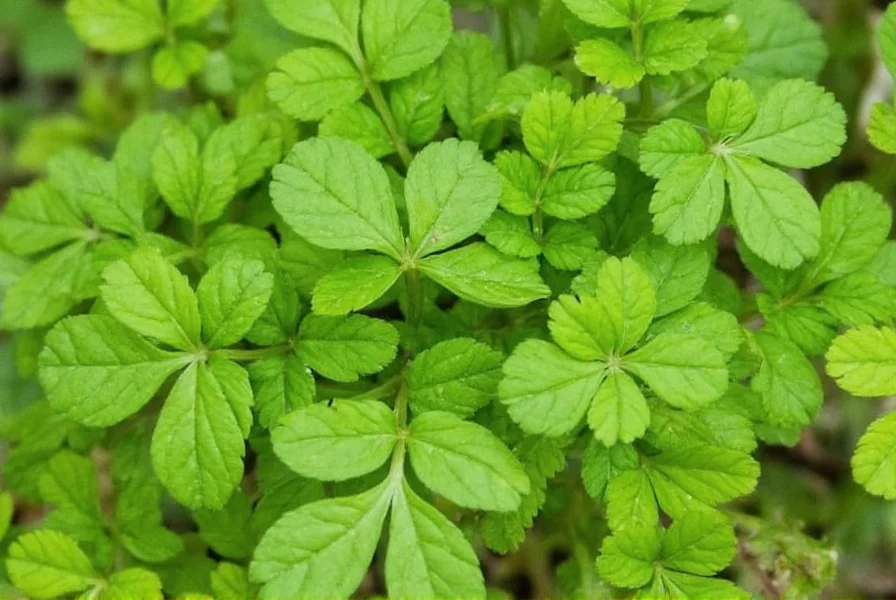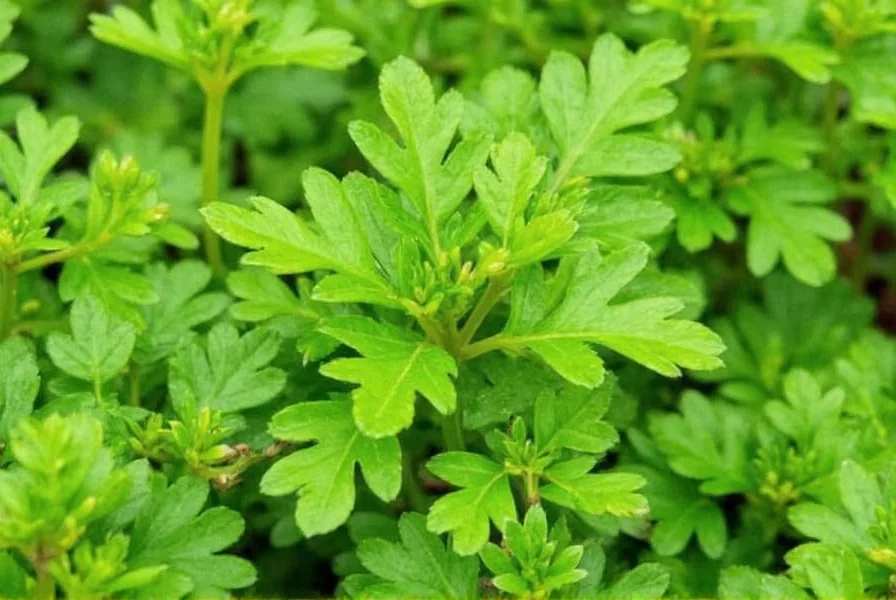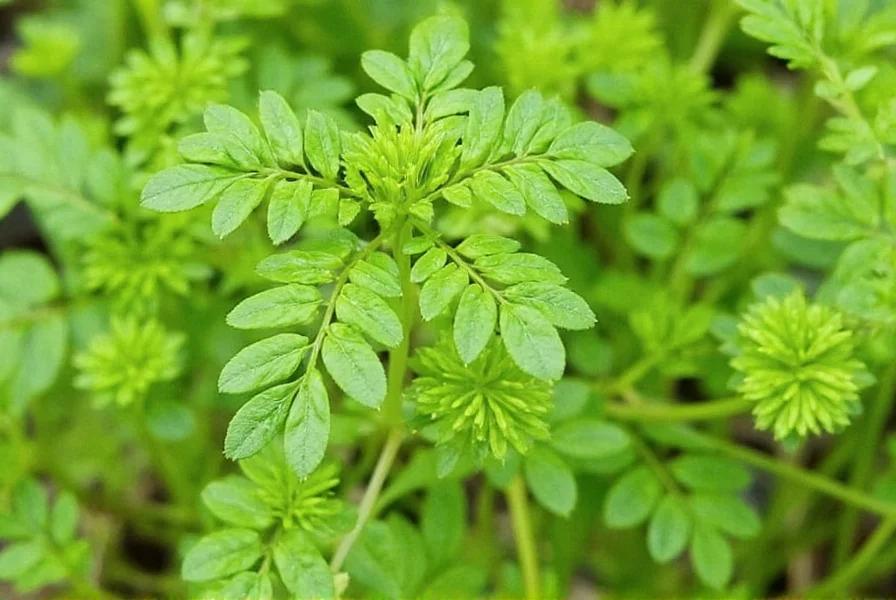Dhania and coriander refer to the exact same plant (Coriandrum sativum), with “dhania” being the Hindi and South Asian term for what’s commonly called “coriander” in English-speaking countries outside North America. The confusion arises from regional naming differences: in India and surrounding regions, “dhania” typically refers to the fresh leaves, while “coriander seeds” are called “dhaniya” or “badishep” in Hindi.
Understanding the terminology around dhania coriander is essential for anyone exploring global cuisines or herbal remedies. This versatile herb goes by many names across different cultures, creating frequent confusion for home cooks and gardening enthusiasts alike. Let’s clarify the naming conventions and explore the complete picture of this culinary staple.
Terminology Breakdown: Dhania vs Coriander vs Cilantro
The naming confusion stems from regional language differences:
| Region | Leaves | Seeds |
|---|---|---|
| India/South Asia | Dhania (fresh leaves) | Dhaniya (dried seeds) |
| UK/Commonwealth | Coriander (leaves) | Coriander seeds |
| United States | Cilantro | Coriander seeds |
| Botanical Name | Coriandrum sativum | |
This distinction explains why many Indian recipes call for “dhania” when referring to fresh coriander leaves, while simultaneously listing “coriander seeds” as a separate ingredient. The plant produces both components, but they’re used differently in cooking and have distinct flavor profiles.
Botanical Profile of Coriandrum sativum
Coriander (dhania) is an annual herb in the Apiaceae family, which also includes parsley, carrots, and celery. The plant grows to approximately 50cm tall with slender stems and variable leaf shapes:
- Lower leaves: Broad, rounded, and deeply lobed (resembling parsley)
- Upper leaves: Finely divided, feathery appearance
- Flowers: Small, white or pale pink, arranged in umbels
- Seeds: Nearly spherical, 1.5–3mm diameter, with a spicy citrus flavor when ripe
The entire plant is edible, but the fresh leaves and dried seeds are most commonly used in culinary applications worldwide. The roots also feature prominently in Southeast Asian cooking, particularly Thai cuisine.

Culinary Applications Across Global Cuisines
The difference between dhania coriander leaves and seeds creates two distinct flavor experiences:
Fresh Dhania (Coriander Leaves)
With its bright, citrusy flavor, fresh dhania is essential in:
- Indian chutneys and raitas
- Mexican salsas and guacamole
- Thai curry pastes
- Vietnamese pho garnish
- Middle Eastern tabbouleh
When using fresh dhania coriander in cooking, add it at the end of preparation to preserve its delicate flavor, as heat diminishes its distinctive citrus notes.
Coriander Seeds (Dhaniya)
When dried and ground, coriander seeds develop warm, nutty, and slightly citrus flavors that feature in:
- Indian curry powders and garam masala
- Middle Eastern baharat spice blend
- European pickling spice mixes
- German bread recipes
- South African boerewors sausage
For maximum flavor, toast coriander seeds before grinding. This simple step enhances their aromatic compounds and creates a more complex flavor profile for your dishes featuring dhania coriander.
Nutritional Benefits of Dhania Coriander
Both forms of coriander offer significant health benefits, though their nutritional profiles differ:
Fresh Coriander Leaves (Dhania)
- Rich in vitamin K (providing 310% of daily value per 100g)
- Excellent source of vitamin A and beta-carotene
- Contains significant vitamin C and antioxidants
- Natural detoxifying properties
Coriander Seeds (Dhaniya)
- High in dietary fiber (27% of daily value)
- Good source of iron, magnesium, and manganese
- Contains plant compounds with anti-inflammatory properties
- May help regulate blood sugar levels
Research on dhania coriander’s health benefits shows promising results for digestive health, with studies indicating coriander may help reduce symptoms of IBS and other digestive disorders. The seeds particularly demonstrate potential for blood sugar management, making them valuable for those monitoring glucose levels.
Growing Your Own Dhania Coriander
Successfully growing dhania coriander requires understanding its preferences:
- Climate: Prefers cool to moderate temperatures (65-75°F / 18-24°C)
- Soil: Well-draining, slightly acidic to neutral (pH 6.2-6.8)
- Sunlight: Full sun to partial shade
- Watering: Keep soil consistently moist but not waterlogged
One challenge with growing dhania coriander is its tendency to bolt (go to seed) quickly in warm weather. To maximize leaf production:
- Plant successive crops every 2-3 weeks
- Provide afternoon shade in hot climates
- Harvest outer leaves regularly to encourage new growth
- Consider growing in containers that can be moved to optimal light conditions

Substitutes When Dhania Coriander Isn’t Available
When you can’t find fresh dhania coriander, consider these alternatives:
- For fresh leaves: Parsley with a squeeze of lime (for cilantro/dhania)
- For seeds: Cumin or caraway (use half the amount as coriander seeds have milder flavor)
- Dried leaf substitute: Dried coriander leaves (though significantly less flavorful than fresh)
Understanding the difference between dhania coriander leaves and seeds helps you make appropriate substitutions. Remember that dried coriander leaves don’t adequately replace fresh dhania in recipes where its bright flavor is essential.
Cultural Significance Across Regions
Dhania coriander’s cultural importance spans millennia and continents:
- In ancient Egypt, coriander seeds were found in pharaohs’ tombs
- Traditional Ayurvedic medicine uses both leaves and seeds for digestive remedies
- Chinese herbal medicine incorporates coriander for “warming” properties
- Middle Eastern cultures consider fresh coriander essential for tabbouleh and fattoush
- Mexican cuisine relies on cilantro (dhania) for authentic salsa verde
The global journey of dhania coriander demonstrates how a single plant adapts to different culinary traditions while maintaining its distinctive flavor profile. Whether you call it dhania, coriander, or cilantro, this herb remains indispensable in kitchens worldwide.
Practical Tips for Using Dhania Coriander
Maximize your experience with this versatile herb with these professional tips:
- Store fresh dhania coriander with stems in water (like flowers) and cover loosely with a plastic bag
- Freeze whole leaves in ice cube trays with water or oil for longer storage
- Grind coriander seeds just before use for maximum flavor impact
- Use the entire plant – even the stems add flavor to soups and stews
- Pair coriander seeds with cumin for authentic Indian curry base
Understanding the complete picture of dhania coriander – from its botanical identity to its culinary applications – transforms how you use this essential ingredient. Whether you’re following an Indian recipe calling for “dhania” or a Mexican dish specifying “cilantro,” you now know they refer to the same remarkable plant with regional naming variations.
Frequently Asked Questions
Is dhania the same as coriander?
Yes, dhania and coriander refer to the exact same plant (Coriandrum sativum). 'Dhania' is the Hindi and South Asian term for what's commonly called 'coriander' in English-speaking countries outside North America. In India, 'dhania' typically refers to the fresh leaves, while 'coriander seeds' are called 'dhaniya' or 'badishep' in Hindi.
What's the difference between dhania and cilantro?
There is no botanical difference between dhania and cilantro – they are the same plant. The terminology varies by region: 'dhania' is the South Asian term for the fresh leaves, while 'cilantro' is the term used in North America. In the UK and Commonwealth countries, the fresh leaves are called 'coriander' while the seeds are 'coriander seeds.'
Can I substitute dried coriander for fresh dhania?
Dried coriander leaves are not an ideal substitute for fresh dhania (coriander leaves) as they lose much of their distinctive citrus flavor. For fresh dhania, use parsley with a squeeze of lime as a better alternative. For coriander seeds, dried coriander seed powder works well, but fresh leaves and dried seeds serve different culinary purposes and aren't directly interchangeable.
Why does coriander taste like soap to some people?
Approximately 21% of the population has a genetic variation that makes coriander (dhania) taste like soap. This is due to a specific gene (OR6A2) that affects how we perceive the aldehydes in coriander leaves. The soapy taste perception is inherited and cannot be changed through repeated exposure, though some people learn to enjoy the herb despite this genetic predisposition.
How do I prevent my dhania coriander from bolting quickly?
To prevent dhania coriander from bolting (going to seed) too quickly: plant successive crops every 2-3 weeks, provide afternoon shade in hot climates, harvest outer leaves regularly to encourage new growth, and consider growing in containers that can be moved to optimal light conditions. Coriander bolts quickly in warm temperatures, so growing it during cooler seasons yields the best leaf production.











 浙公网安备
33010002000092号
浙公网安备
33010002000092号 浙B2-20120091-4
浙B2-20120091-4